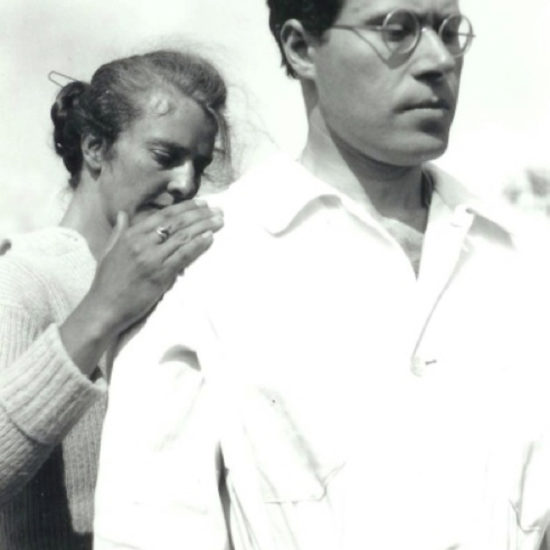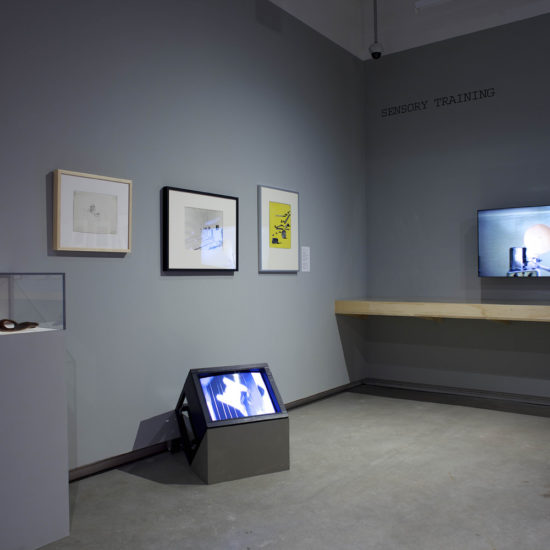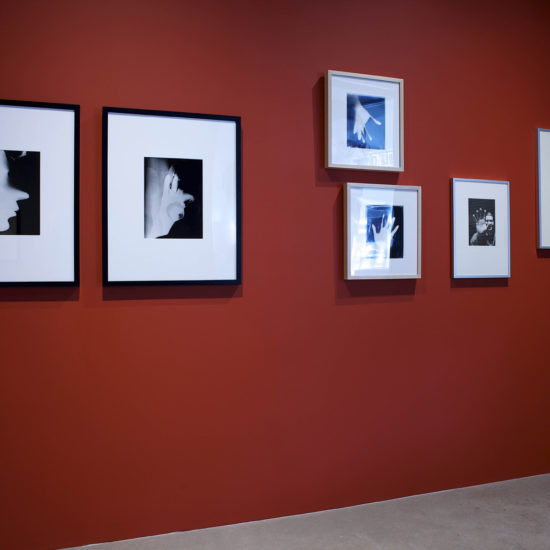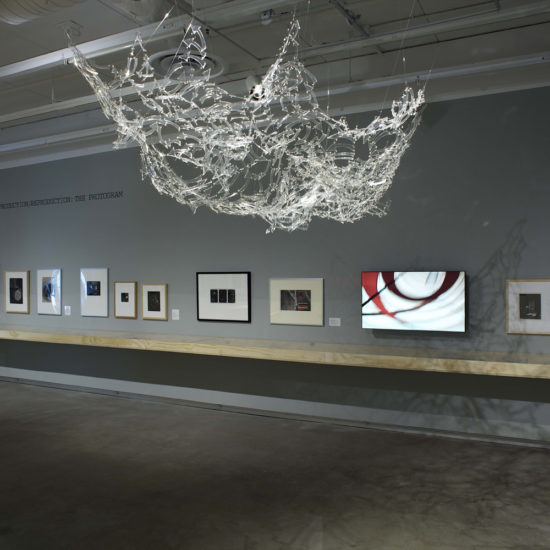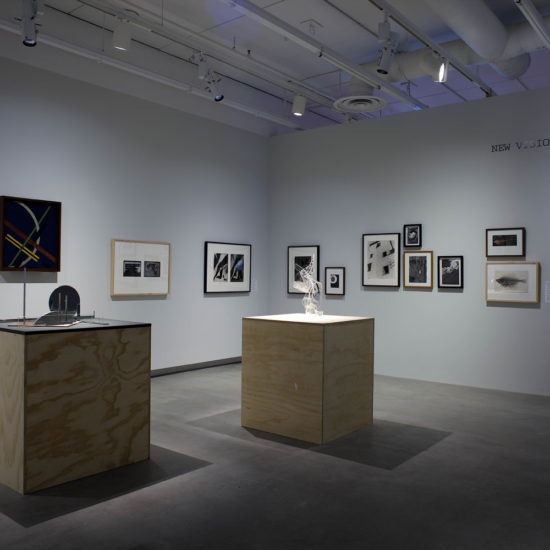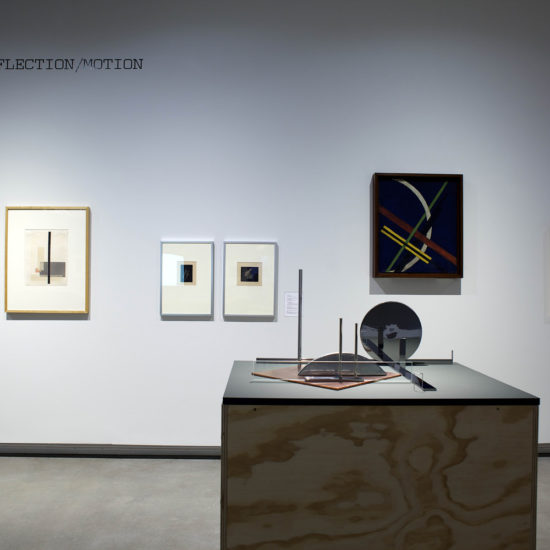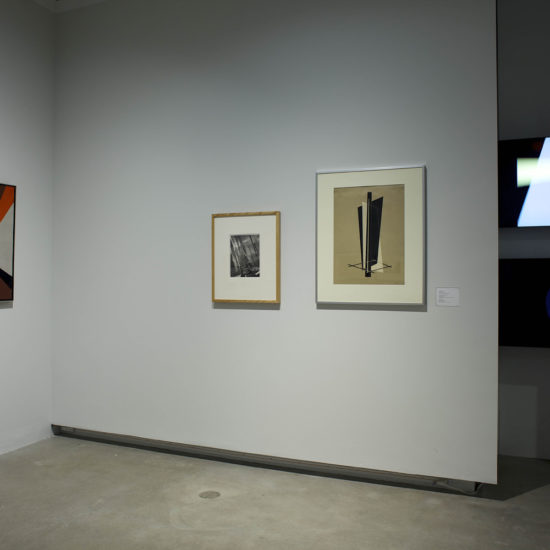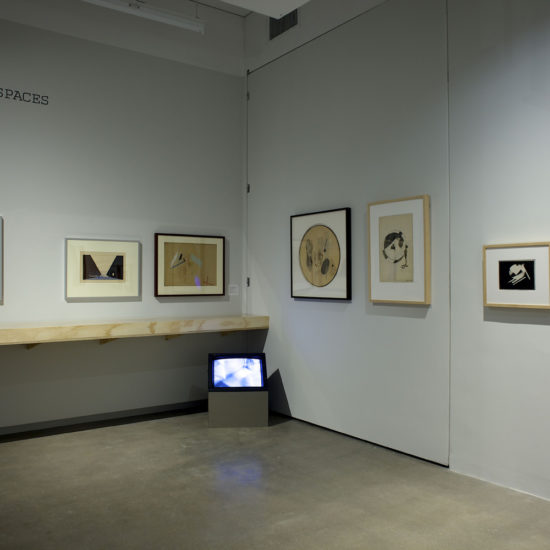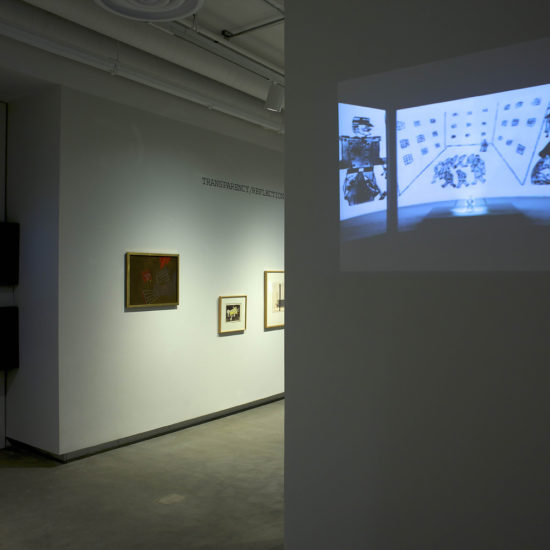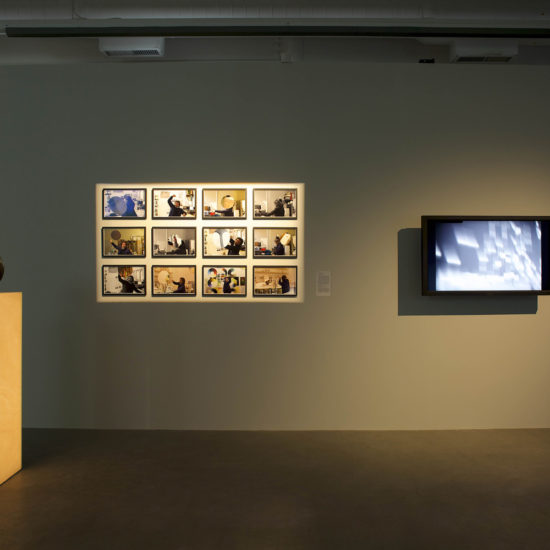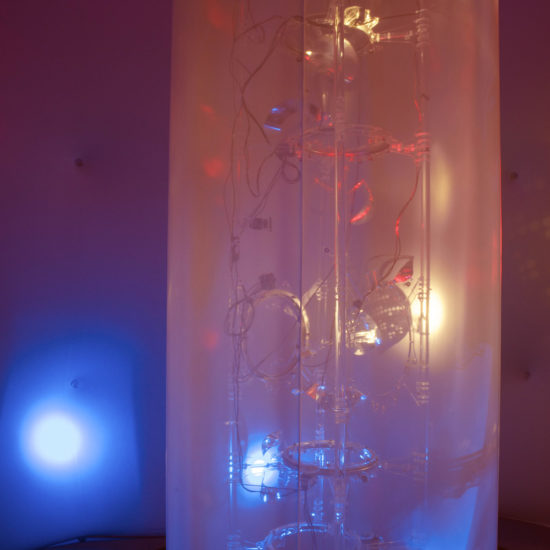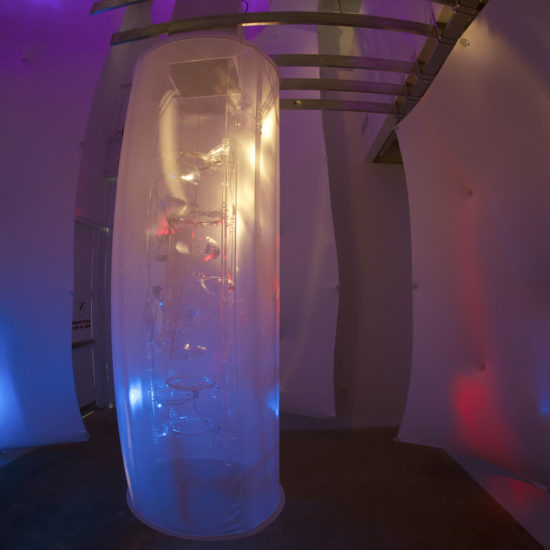Life in the digital economy of images and information can enrich us but can also induce a sense of being overwhelmed and of losing control. Sensing the Future: Moholy-Nagy, Media and the Arts considers the impact of technology today by exploring how it was addressed in the practice of the Hungarian polymath artist László Moholy-Nagy (1895 – 1946), a key figure in the history of Modernism. Moholy-Nagy is known for his work in traditional media such as painting and sculpture, but also in less conventional forms such as photography and film, as well as commercial fields like stage and exhibition design, typography, and advertising. His most original contributions are his speculations and experiments in new media such as light art, kinetic art, sound art, multi-media, expanded cinema, television, and immersive-participatory installations. Underlying all of these practices was a Utopian belief in the social utility of art and education. The exhibition is organized around some of Moholy-Nagy’s key themes: sensory training, technology/modernity, production/reproduction, immersion/participation, art as information/information as art, and transparency/reflection/motion. Sensing the Future: Moholy-Nagy, Media and the Arts combines historical artworks with works by contemporary artists from Canada, Europe and the United States who have been invited to respond to these themes.
Moholy-Nagy understood by the early 1920s that the reproducibility of technically based media such as photography and film, the easy production of facsimiles of artworks, the proliferation of image, sound and information through mass media, and an increasingly urbanized world have placed us into a fundamentally new situation. The Futurists wrote of simultaneity, the parallel stimulation of our senses from multiple sources. Moholy-Nagy felt that people needed guidance to cope with this simultaneous environment. At the heart of his project, therefore, was teaching. His role as a teacher, first at the legendary Bauhaus school in Weimar and Dessau, Germany from 1923 to 1928, then in Chicago from 1937 to 1946 at the New Bauhaus, the School of Design and the Institute of Design, underlines his life-long commitment to pedagogical ideals.
Moholy-Nagy saw art as merely one form of information. Of the Emaille[Enamel] Series he wrote: “In 1922 I ordered by telephone from a sign factory five paintings in porcelain enamel. I had the factory’s color chart before me and I sketched my paintings on graph paper. At the other end of the telephone the factory supervisor had the same kind of paper. He took down the dictated shapes in the correct position.” This encoding of art as information and its transmission to the site of production has been seen to anticipate the digital age. However, Moholy-Nagy was not an uncritical technophile. As if anticipating media theorist Friedrich Kittler’s dictum that “it is we who adapt to the machine. The machine does not adapt to us,” Moholy-Nagy attempted to place humanity back in control in light of this disheartening trajectory of modernity. But how could one be taught to cope? Like the Futurists, Moholy-Nagy held that the aesthetic lessons of modernity’s sensory onslaught could be deployed in art, thereby helping us engage creatively with the new environment. Unlike them he emphasized that “technical progress should never be the goal, but always the means.” Indeed he held that “we are faced with nothing less than the re-conquest of the biological bases of human life. Only when we return to these bases will technological progress reach its full potential.” Crucially, he humanized technologies by regarding them as extensions of our sensory organs. These ideas informed the work of media theorists such as Walter Benjamin, John Cage, Sigfried Giedion, Marshall McLuhan, and Gilles Deleuze, who anticipated or theorized digital culture as it emerged. Moholy-Nagy’s aesthetic engagement with the inherent tension between technology and the body broached the notions of immersion, participation and interactivity. Consideration of this in light of our current absorption into cyber worlds and video games via avatars elicits the question, was Moholy-Nagy both a pioneer and a proto-critic of the digital?
Underlining his belief in the power of sensory and general education, Moholy-Nagy held that “only the total … integration of the senses and intellect will allow an organic development of the individual. A person so balanced will be better able to face the complexities of modern life.” He wished to make people aware of the possibilities inherent to all media, new and old, and culture, both high and low. He also promoted the notion that people should expand their understanding of the five senses—sight, smell, touch, taste and hearing—to more recently identified bodily senses, such as kinaesthesia and proprioception. This implicit rejection of a sensory and therefore medial hierarchy legitimized his employment of multiple media in his own creative production. His experimental approach to media and materials, as well as his resistance to medial hierarchies, his concern with perception, and his view of art as a form of information, all anticipated contemporary artistic practice.Sensing the Future: Moholy-Nagy, Media and the Arts is intended to introduce this seminal figure of post-medial practices to younger generations and to consider, through present-day responses to his ideas, how his work is relevant to art now.
In addition to works by László Moholy-Nagy, the artists whose works are included in this exhibition include Eduardo Aquino (Winnipeg); the team of Nike Arnold, Andreas Haus, Aline Helmcke, Frédéric Krauke and Walter Lenertz (Berlin); Naomi Clare Crellin (Baltimore); Lancelot Coar (Winnipeg); Olafur Eliasson (Berlin); Oskar Fischinger; Ken Gregory (Winnipeg); Patrick Harrop (Winnipeg); the team of Gottfried Jäger and Karl Martin Holzhäuser (Bielefeld); Eduardo Kac (Chicago); György Kepes; the team of Jörg U. Lensing, Gudula Schröder, Jürgen Steger, Thomas Neuhaus, Malou Airaudo and Sascha Hardt (Düsseldorf); Erika Lincoln (Winnipeg); Norman McLaren; the team of Guy Maddin, Evan Johnson, Galen Johnson, Bob Kotyk and Ryan Simmons (Winnipeg); Bernie Miller (Winnipeg); Lucia Moholy; Francisco Javier Navarro de Zuvillaga (Madrid); Freya Olafson (Winnipeg); István Sebök; and Peter Yeadon (New York).
Plug In Institute of Contemporary Art would like to thank the Salgo Trust for Education (New York), Hattula Moholy-Nagy, The Moholy-Nagy Foundation, Bauhaus-Archiv / Museum für Gestaltung (Berlin), Winnipeg Arts Council, Manitoba Arts Council, Canada Council for the Arts, Social Sciences and Humanities Research Council of Canada, Lars Müller Publishers (Zürich), Faculty of Architecture, University of Manitoba



